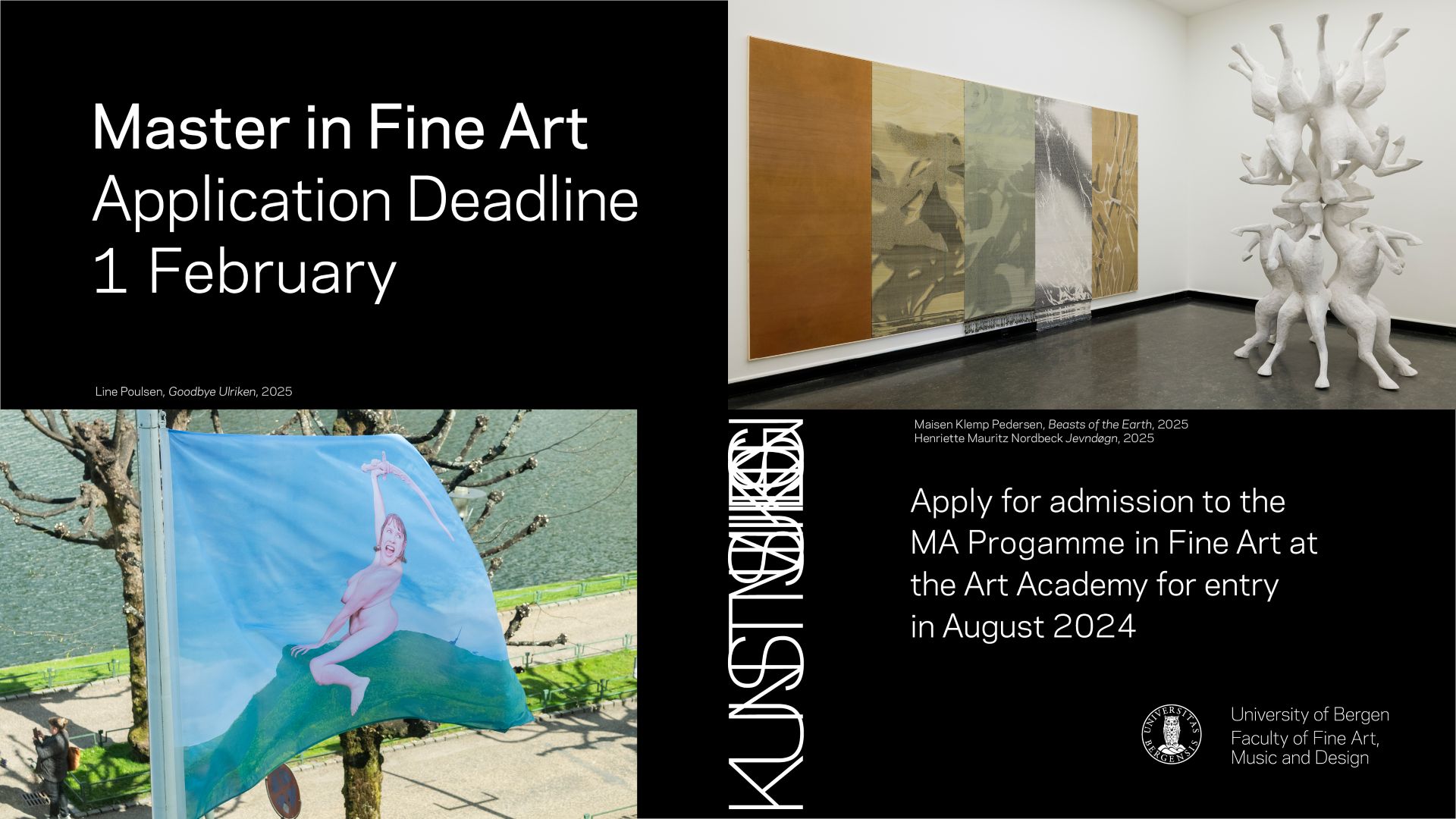
Magdalena Abakanowicz, Floker av tråd og tau (Tangles of thread and rope), Henie Onstad Kunstsenter, Bærum
Magdalena Abakanowicz’s so-called abakans are powerful textile works. Suspended from the ceiling, they testify to an artist with courage and faith in their craft and material. Back in her day, Abakanowicz paved a new pathway from the traditional to the three-dimensional, a move I still find relevant today. Beneath the overwhelming size of the abakans lies a great deal of sensitivity, perhaps even vulnerability. There is something familiar about them that resonates in my body, both physically and emotionally. I cannot say exactly what it is, but, as they say: having experienced this exhibition, I am not the same.

Børre Sæthre, The Last Dance, Kode, Bergen
I entered Børre Sæthre’s world at Kode and was unprepared for how much it would affect me. After all, something like two generations and more than four thousand kilometres separate our early experiences in life. Yet the time machine he created teleported me directly from Bergen to my teenage years in Mecca – to the looming threat of death, the spectre of HIV, and the condemnations and uncertainties that have cast long shadows over my life. I became firmly acquainted with the vulnerability and strength of those of us who live outside what is called the norm, and our struggle to create ‘safe’ spaces in the midst of insecurity. Remembering history and hoping that things will turn out well in the end is important.

Cave_Bureau, The Anthropocene Museum, Louisiana Museum of Modern Art, Humlebæk
The exhibition is a deep and poignant architectural narrative about the decolonisation of people and land in Kenya. A narrative communicated through an installation of objects, videos, and a magical full-scale re-creation of a Shimoni cave in Eastern Kenya woven in wood. Strong and futuristic, the work points the way to a mature life in a state of harmony with the rhythms of Indigenous People and nature. The caves are an important part of Kenya’s history. For example, they were used as shelters for the local population escaping from slavery and oppression.
– Ahmed Umar (b. 1988, Sudan) is an artist living in Oslo. He holds master’s degree in media- and material-based art from the Oslo National Academy of the Arts, graduating in 2016, and has been an important figurehead for queer people with a Muslim background in Norway and Sudan alike. He has exhibited at several institutions in Norway. In 2020, he contributed to the 22nd Sydney Biennale and in 2023 his largest solo exhibition to date was shown at Kunstnernes Hus in Oslo and Bergen Kunsthall.
